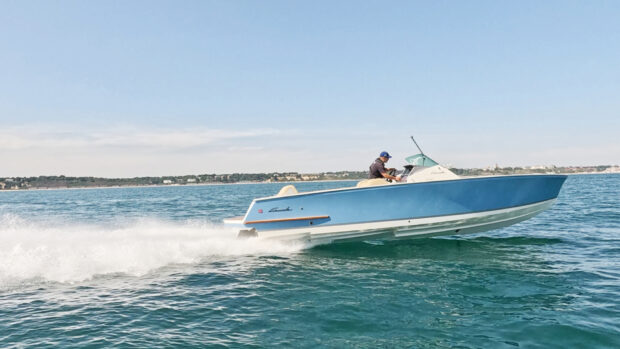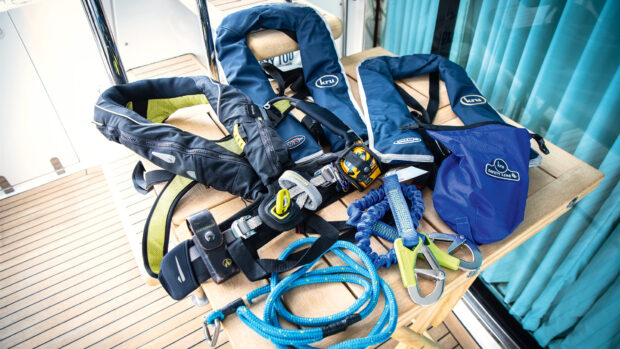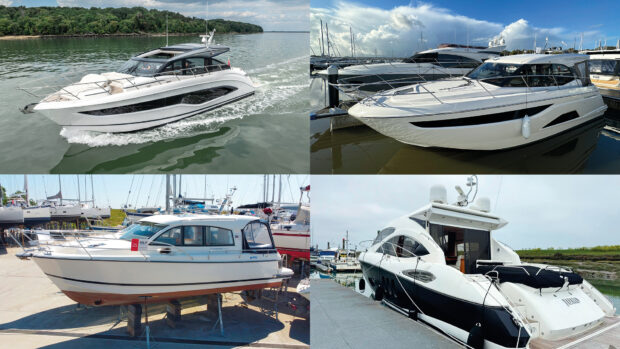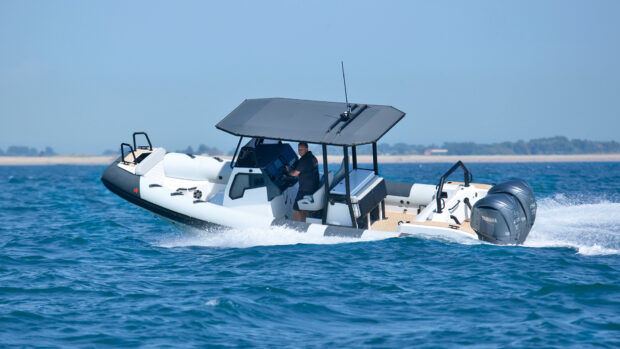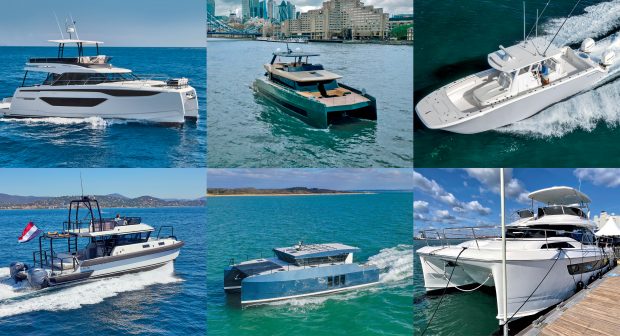Motor Boat & Yachting's resident expert, Jon Mendez explains how to carry out pre-season motor yacht checks
Whether you’ve left your boat in the water over winter or tucked it away ashore, the beginning of a new season is always an exciting moment. But before you take to the water once again, it always pays to run through a pre-season checklist to make sure you don’t get caught out by any unwanted surprises.
Most boaters tend to remember the obvious items – servicing the engines, gearboxes and drives, antifouling the hull, changing the anodes – but smaller tasks sometimes get overlooked. Fire extinguishers need their gauges and service dates checking, both the handheld ones (the powder variety benefit from a good shake to stop them solidifying) and fixed ones hidden in the engine bay and bow/stern thruster compartments.
These often have a shelf life of around five years and may need replacing altogether. The same applies to lifejackets and liferafts, so check when they were last serviced too.
Hopefully, you remembered to leave your fuel tanks full over winter, as this reduces condensation and the possibility of diesel bug, but if not, or if you’ve got a petrol boat that you’ve deliberately left low, then a dose of treatment and plenty of fresh fuel should ward off any future issues.
Steering systems often get overlooked too. Some may need the pressure reserve re-pumping, and they will all benefit from winding the wheel from lock to lock to help lubricate the parts (don’t forget the flybridge helm too, if you have one). Outdrives often have a fluid top-up tank buried in the engine bay, as do hydraulic trim tabs, so check the fluid levels on them, and while you’re there, look for any loose wiring and exercise all your seacocks to prevent them from seizing.
Article continues below…

How to ferry-glide sideways in a motor boat

Boat vinyl wrap: How to make your boat look like new again
Hopefully, you drained down the water system at the end of the previous season, but if not then open all the taps and let any remaining water work its way out, then refill the tank with fresh water and flush it through again. If it still smells or tastes bad, then add some water purifier solution and flush it through again. Several flushes of the toilet systems should also ensure they are nice and fresh for the season ahead.
If you have aircon or heating, run the systems up and leave them on full for a couple of hours to circulate the air and/or fluids and ensure they are working as they should. A customer of mine complained that their heating was not as good as they remembered and sure enough, a search revealed a split pipe.
Fridges and any freezers will need to be run up and temperatures checked too, and if you have an ice maker, switch it on and discard the first two loads of ice, as they often taste stale.
Lastly, I like to update all my electronic chart systems. Some of these are easily done over Wi-Fi or Bluetooth but some older models may need the chart chip removing and taking to the chart agent for updates. It’s also worth having a play with them before you set off, as any updates to the operating systems may mean a new look, new features and a slight change in how you use them.
You’ll also need to update your printed charts and almanacs. We may all ignore the warning on our chartplotters saying, “Do not use as your primary means of navigation,” but maritime law for any boat without a full ECDIS display (and the small print of most insurance contracts) dictates that we should have access to up-to- date paper charts and know how to use them.
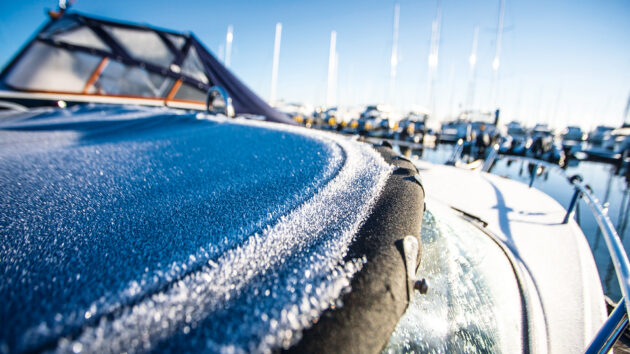
Be prepared
Now is the time to check all your boat’s systems and equipment to ensure it’s ready to go as soon as the new season starts. And don’t forget to add fresh fuel to your tender’s outboard, start it up and check the gears are working.
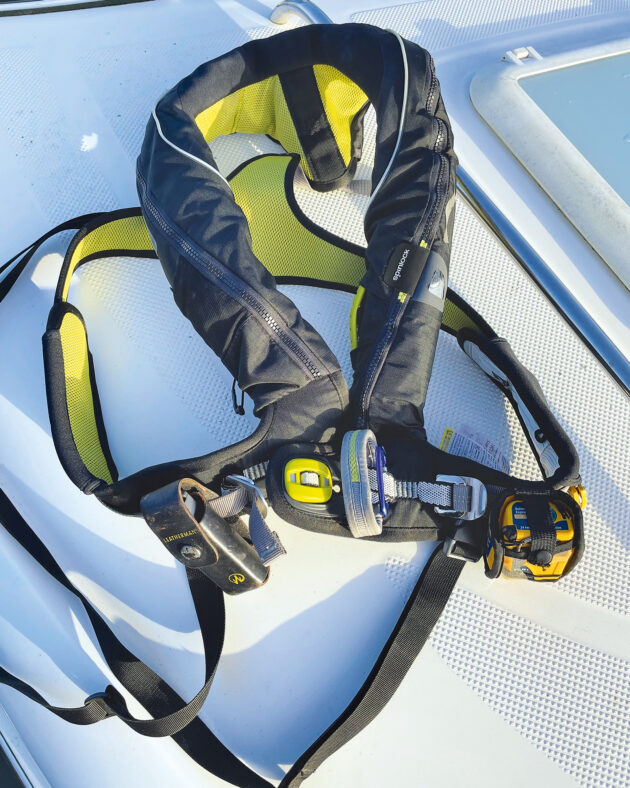
Safety gear
Most leisure-use lifejackets are designed to be serviced every two years to ensure the inflation mechanism is primed and the bladder is airtight. You won’t want to be without it when the season starts, so get it done now when you won’t miss it.

Exercise seacocks
Make sure you open and close all the seacocks to keep them moving freely. This will also ensure you remember to open them before starting the engine(s) for the first time after being laid up for winter.

Fire extinguishers
Check the pressure gauges and service dates of all fire extinguishers. Powder-type ones should be shaken to redistribute the powder. The gas type will need their levels checked.
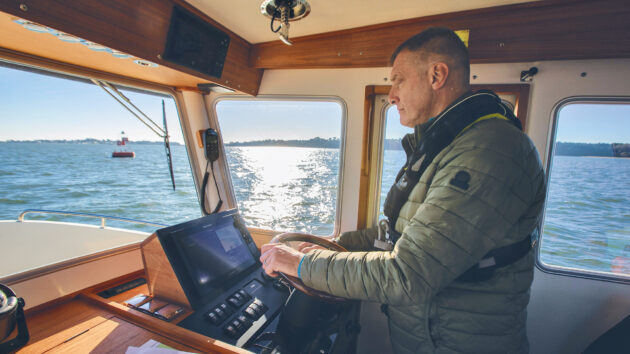
Plotter updates
Update the charts and/or software of any plotters or MFDs fitted to your boat. For older plotters, give the chart card to a chart agent for an update. More modern versions can be updated over the internet.

Chart updates
Any boating apps on iPads and smartphones that you use as a back-up will also require updating. The same applies to any paper charts. Check the supplier’s website for the latest Notices to Mariners.
 If you enjoyed this….
If you enjoyed this….
Motor Boat & Yachting is the world’s leading magazine for Motoryacht enthusiasts. Every month we have inspirational adventures and practical features to help you realise your sailing dreams, as well as tests and news of all the latest motorboats.
Plus you’ll get our quarterly Custom Yachting supplement where we share the last on offer in the superyacht world and at the luxury end of the market.
Build your knowledge with a subscription delivered to your door. See our latest offers and save at least 30% off the cover price.




 If you enjoyed this….
If you enjoyed this….